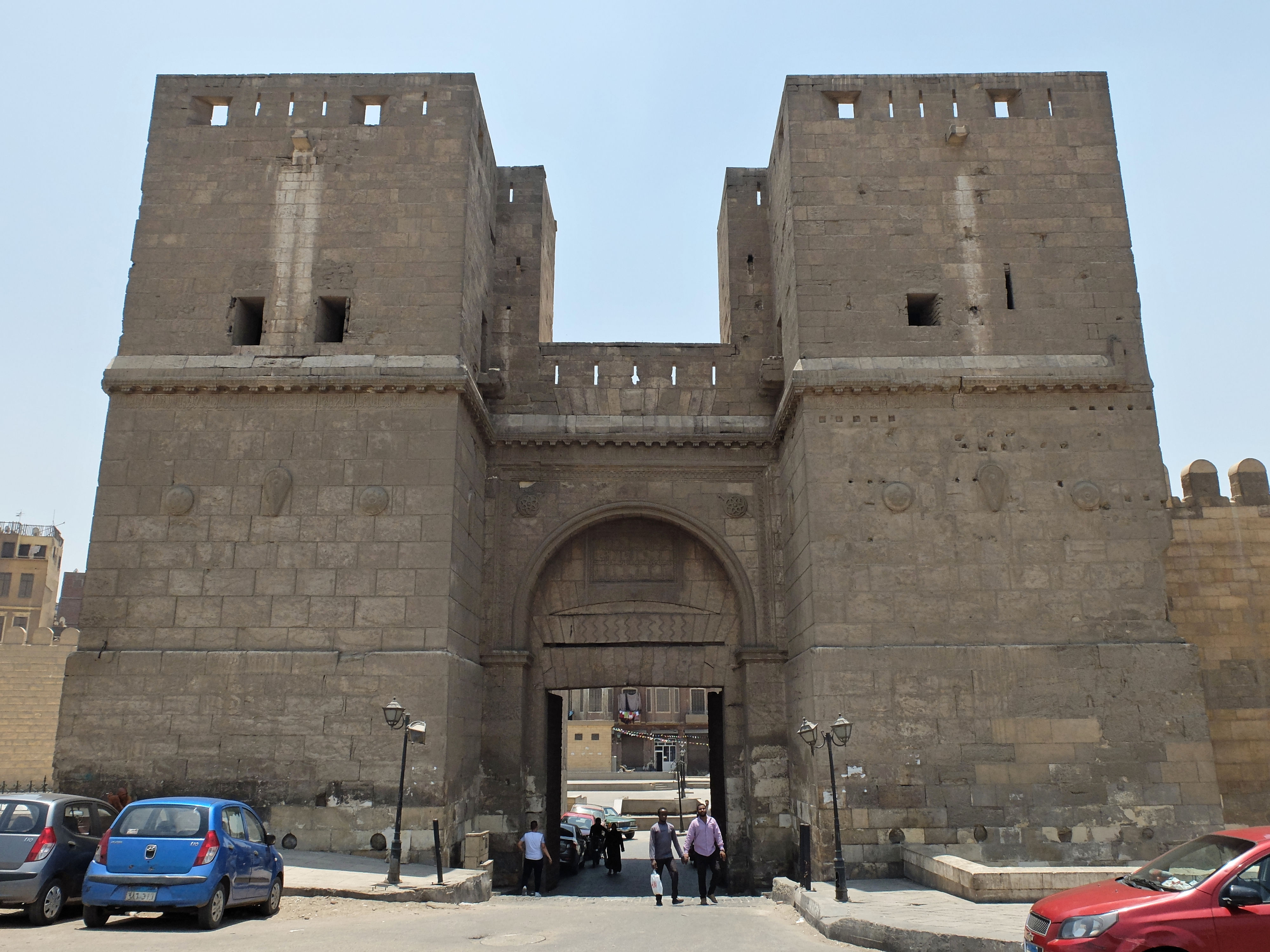|
Wikala Of Qawsun
The Wikala of Qawsun () or Khan of the prince (). It was established by the Bahri Mamluk Emir (prince) Qawsun as-Saqi al-Nasiri, in the year 742 AH/1341 AD. It is located on Bab al-Nasr Street behind the Al-Hakim Mosque in the central Cairo neighborhood. This ''wikala'' has disappeared and nothing remains of its archaeological building except its main entrance, which preserves the founding text that includes the name of Prince Qawsun and his ''rank'' (رنك) which is the symbol of ''as-Saqi'' (cupbearer), and its symbol is the cup. Center for documentation of present and natural heritageMeinecke, Michael. ''Islamic Cairo: architectural conservation and urban development of the historic cent ... [...More Info...] [...Related Items...] OR: [Wikipedia] [Google] [Baidu] |
Cairo
Cairo ( ; , ) is the Capital city, capital and largest city of Egypt and the Cairo Governorate, being home to more than 10 million people. It is also part of the List of urban agglomerations in Africa, largest urban agglomeration in Africa, List of largest cities in the Arab world, the Arab world, and List of largest metropolitan areas of the Middle East, the Middle East. The Greater Cairo metropolitan area is List of largest cities, one of the largest in the world by population with over 22.1 million people. The area that would become Cairo was part of ancient Egypt, as the Giza pyramid complex and the ancient cities of Memphis, Egypt, Memphis and Heliopolis (ancient Egypt), Heliopolis are near-by. Located near the Nile Delta, the predecessor settlement was Fustat following the Muslim conquest of Egypt in 641 next to an existing ancient Roman empire, Roman fortress, Babylon Fortress, Babylon. Subsequently, Cairo was founded by the Fatimid Caliphate, Fatimid dynasty in 969. It ... [...More Info...] [...Related Items...] OR: [Wikipedia] [Google] [Baidu] |
Bab Al-Nasr (Cairo)
Bab al-Nasr (), is one of three remaining gates in the historic city wall of Cairo, the capital of Egypt. The gate's construction is dated to 1087 and was ordered by Badr al-Jamali, a Fatimid vizier. It is located at the northern end of ''Shari'a al-Gamaliya'' (al-Gamaliya Street) in the old city of Cairo and slightly east of another contemporary gate, Bab al-Futuh. History The original Bab al-Nasr was built south of the present one by Fatimid general Jawhar as-Siqilli during the reign of the Fatimid caliph al-Mu'izz, when the city was first laid out in 969. Later, the vizier Badr al-Jamali, under Caliph al-Mustansir, enlarged the city and rebuilt the walls in the late 11th century. He replaced the first gate with the present one, naming it Bab al-'Izz ('Gate of Prosperity'). Despite this, the inhabitants have shown preference to the original name meaning "Gate of Victory", which has remained in use to this day. An inscription on the gate dates its construction to the ye ... [...More Info...] [...Related Items...] OR: [Wikipedia] [Google] [Baidu] |
Mamluk Architecture In Egypt
Mamluk or Mamaluk (; (singular), , ''mamālīk'' (plural); translated as "one who is owned", meaning "slave") were non-Arab, ethnically diverse (mostly Turkic, Caucasian, Eastern and Southeastern European) enslaved mercenaries, slave-soldiers, and freed slaves who were assigned high-ranking military and administrative duties, serving the ruling Arab and Ottoman dynasties in the Muslim world. The most enduring Mamluk realm was the knightly military class in medieval Egypt, which developed from the ranks of slave-soldiers. Originally the Mamluks were slaves of Turkic origins from the Eurasian Steppe, but the institution of military slavery spread to include Circassians, Abkhazians, Georgians, Armenians, Russians, and Hungarians, as well as peoples from the Balkans such as Albanians, Greeks, and South Slavs (''see'' Saqaliba). They also recruited from the Egyptians. The "Mamluk/Ghulam Phenomenon", as David Ayalon dubbed the creation of the specific warrior class, was of gr ... [...More Info...] [...Related Items...] OR: [Wikipedia] [Google] [Baidu] |

